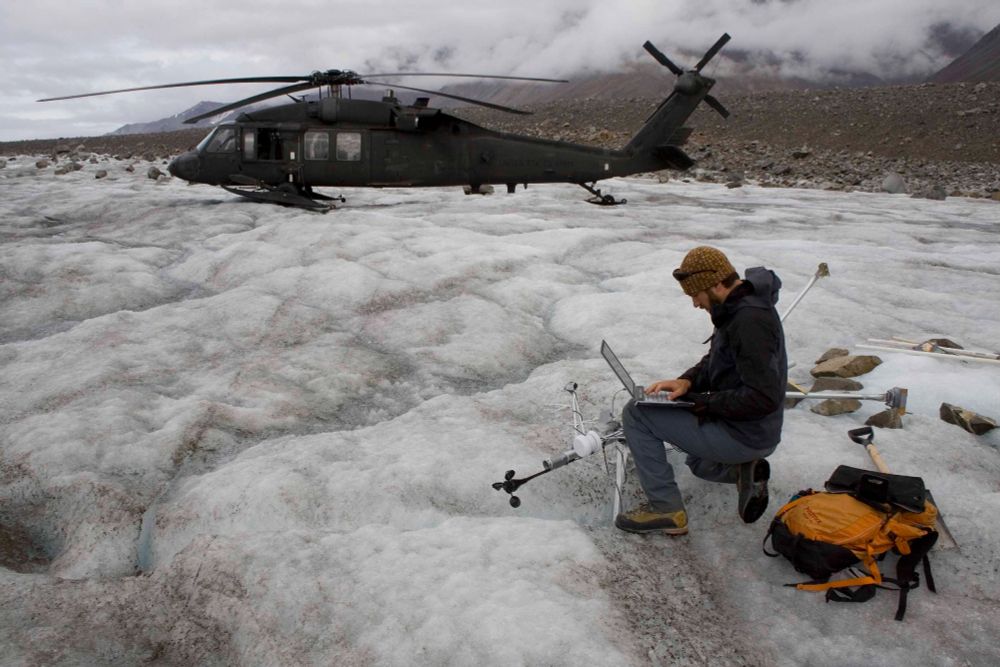Alka Tripathy-Lang
@dralkatrip.bsky.social
3.7K followers
1.1K following
360 posts
Science Communicator | Writer | Editor | Social Media Manager | Former dater of rocks | Ph.D. in Geology | Exerciser | Food lover | Parent | Partner | she/her
Posts
Media
Videos
Starter Packs
Reposted by Alka Tripathy-Lang
Reposted by Alka Tripathy-Lang
Reposted by Alka Tripathy-Lang
Reposted by Alka Tripathy-Lang
Reposted by Alka Tripathy-Lang
Reposted by Alka Tripathy-Lang











